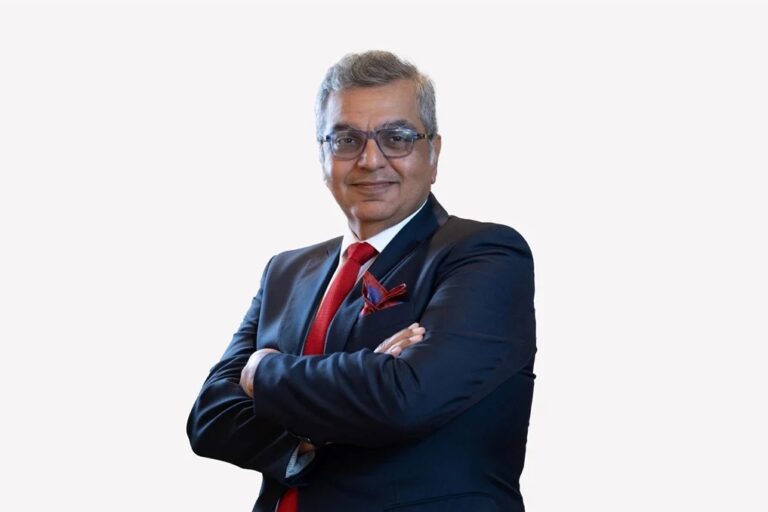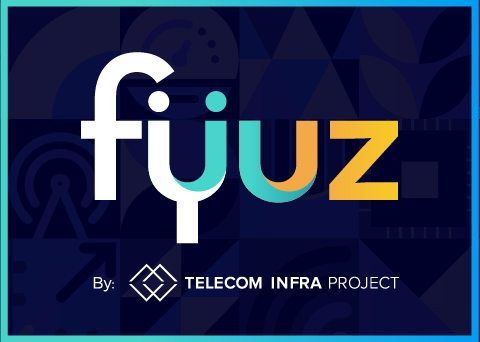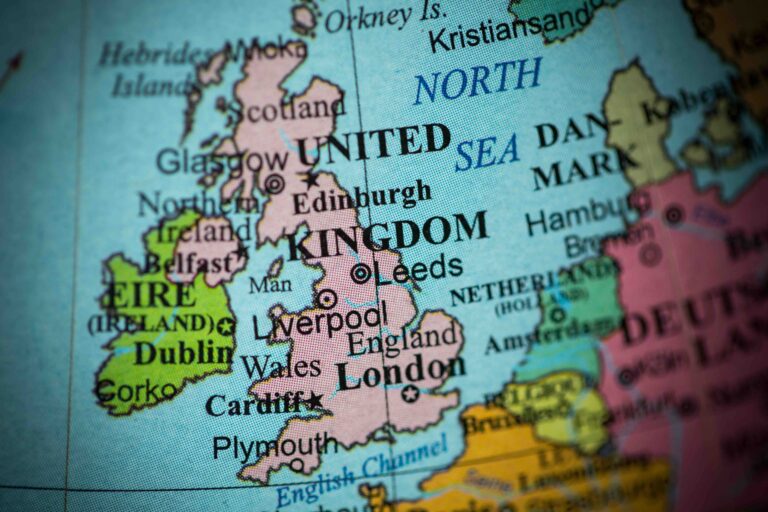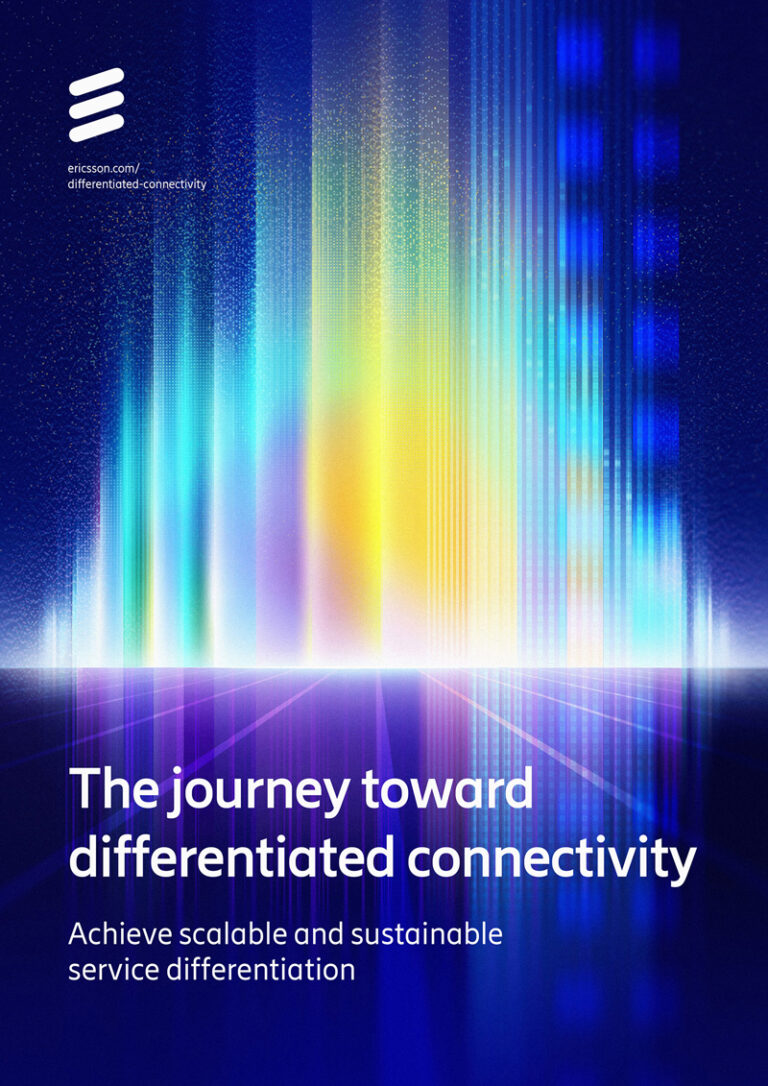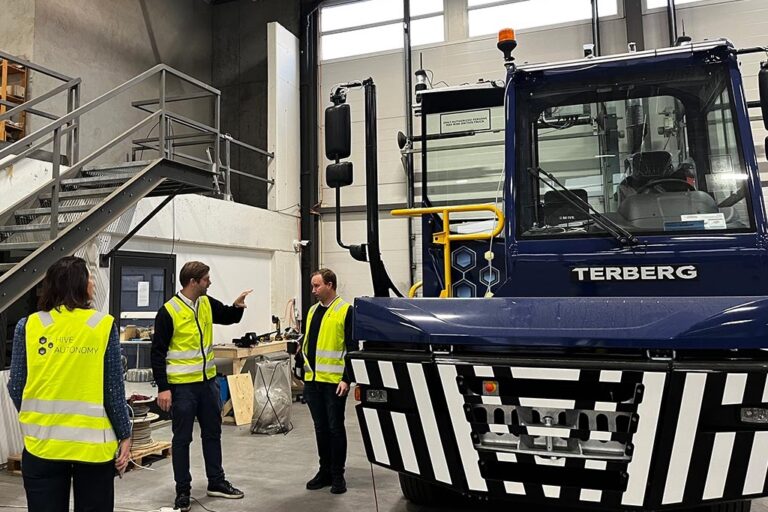The investment will initially be to improve two existing facilities with a third data centre to be added later
Colt Data Centre Services (Colt DCS) has teamed up with investment firm RMZ to form a joint venture that plans to invest up to $1.7 billion in datacentre facilities in India. RMZ has headquarters in Bengaluru and is one of the world’s largest, family-owned, alternative asset owners.
Initially the investment will be to accelerate development at existing datacentre sites in Navi Mumbai and Ambattur, Chennai. A third site will be added in later. The datacentres will have a combined capacity of about 250MW on completion of all phases, according to Colt DCS.
Deepak Chhabria, CEO at RMZ Infrastructure (pictured), said, “We are witnessing an extraordinary shift in the datacentre landscape, driven by the accelerating demands of cloud adoption and the AI revolution. We recognise that digital infrastructure is not just an investment theme but a cornerstone of India’s economic future. Colt DCS’s proven track record in delivering high-quality, scalable solutions aligns perfectly with our vision for India.
“Colt DCS’s commitment to operational excellence and innovation complements our mission to build state-of-the-art facilities that meet the evolving needs of sectors, such as banking, financial services, and media. This is our opportunity to shape the future of data infrastructure in India, and we are ready to rise to the challenge.”
Niclas Sanfridsson, CEO at Colt DCS, added, “In terms of our expansion, India remains a strategic country of focus and key in terms of delivering against our aggressive growth strategy. Colt DCS has a proven track record, working with the world’s largest hyperscale cloud providers and multinational companies. The partnership with RMZ will provide the opportunity to further accelerate and execute our ambitious plans.”


